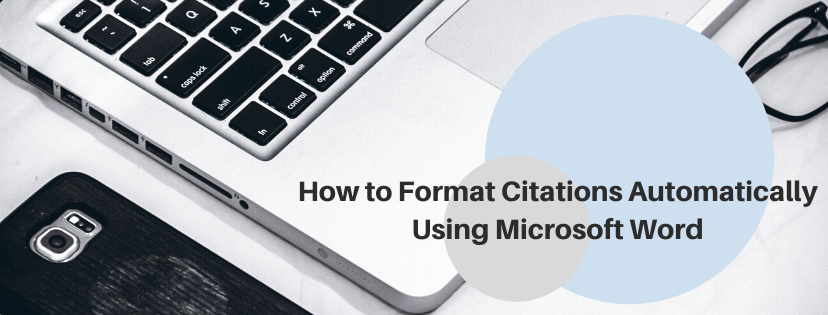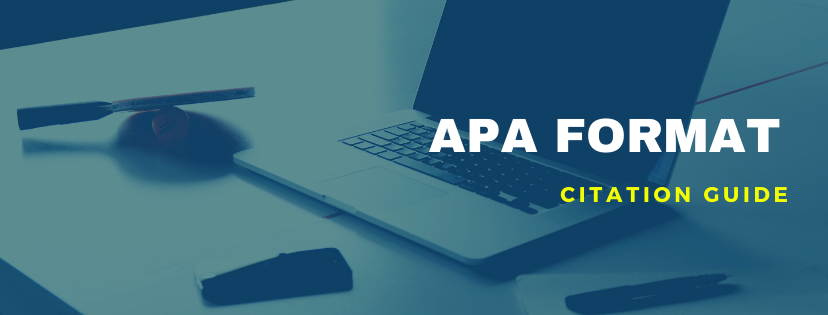Best English Editing and Proofreading Services

In drafting a manuscript, thesis, or dissertation, the discussion section is usually one of the last to be written. Notwithstanding, it is arguably the most important section in a manuscript. Due to its relevance, it is usually the most challenging to write, as it requires top-level expertise. This article seeks to lay bare 5 helpful considerations to make when writing a sound discussion section.
Continue Reading
According to the Office of Research Integrity (ORI), plagiarism is considered “both the theft or misappropriation of intellectual property and the substantial unattributed textual copying of another's work.” Since the consequences of plagiarism can be fatal, this article seeks to discuss 5 practical ways to avoid plagiarism in academic essays.
Continue Reading
Writing academic essays is required for the successful completion of college, graduate school, and advanced research studies. Essay writing, as required in academia, requires much more preparation, effort, and skill than most students and academics actually do put in.
Continue Reading
The Best Edit & Proof team has created this guide that describes the difference between editing and proofreading, not only to help our customers but for researchers as well as undergraduate and graduate students. On the basis of our experience as a company providing professional editing and proofreading services, we also provide general recommendations as to when a typical client should receive editing or proofreading service.
Continue Reading
Properly formatting citations and references has always driven researchers crazy. With Microsoft Office Word, though, the process is streamlined to the point of almost being automatic. Microsoft Word automatically generates a bibliography from the sources you used to write your manuscript. Each time you add a new citation to your document, This handout is going to show you how to add citations and bibliographies to your Word documents and how to format references automatically using the Microsoft Word References tool.
Continue Reading
There are many different citation styles that depend on the academic discipline involved. Some of the most common citation styles are American Psychological Association (APA), Modern Language Association (MLA), and Chicago/Turabian style. APA citation style is used by education, psychology, and social sciences, MLA style is used by the humanities, while Chicago/Turabian style is generally used by business, history, and the fine arts. You will need to check with your manual to determine what is required in your specific area.
Continue Reading
Local institutions, firms, charities, or schools may not employ a doctorally qualified editor to edit or proofread the written materials to make them shine. Or the written material may have been created by a team, making it difficult to see the whole article in a broader perspective. In such cases, proof-editing gains importance. But what exactly is proof-editing? Proof-editing is a more detailed and time-consuming job than proofreading or mere editing.
Continue Reading
This reference guide explains how to format your academic documents in Microsoft Word 2022, giving you the fundamental rules for formatting your academic papers as described in most guidelines, such as MLA and APA styles. The rules discussed in this guide apply to most of the academic papers you will submit as college assignments or articles for journals.
Continue Reading
Although most editing and proofreading are performed today using the ‘Track Changes’ feature of Microsoft Word or other commenting tools, you may encounter traditional proofreading marks and symbols on a hardcopy document. In desktop publishing, it is important to understand the meaning of proofreaders’ marks. Both editors/proofreaders and clients, regardless of their backgrounds, should have the same standard marks for easy communication.
Continue Reading
For academic achievement, staying ahead of the pack is always a crucial issue. Taking advantage of professional academic editing and proofreading can help you reach your potential and increase chances of your work being published in professional journals. It requires a broad-ranging comprehension to fix a document exceptionally. Therefore, academic editing and proofreading are a critical part of the writing process.
Continue Reading
The American Psychological Association (APA) format is the most common style used to cite sources within the social sciences. This handout will give you a brief guide on the Publication Manual of the APA. For more information, please consult the Publication Manual of the American Psychological Association (7th Edition).
Continue Reading
Track changes function in Microsoft Word 2021 for macOS is a very handy tool to track your revisions, corrections, changes, edits, and even suggestions and comments while you’re reviewing a document. When an editor or proofreader wants to return a revised document to a client with his/her all revisions visibly marked, and so clients can accept or reject, or the suggested changes appear in the margins of the returned document, he/she needs Track Changes function of Microsoft Word.
Continue Reading
Researchers who are not native speakers of English are mostly confronted with some challenges in getting their papers published. This is probably why the editing and proofreading business has flourished in the field of academics over the past decade. Still, this business is inefficiently controlled and is often extremely problematic. The quality of the services is extremely uneven, and target groups of the editing services (e.g., clients, peer-reviewed journals, institutions, and readers) may be shackled by several fallacies. To deal with them, we discuss some myths about academic editing and proofreading services.
Continue Reading
Whenever you use words, facts, ideas, or explanations from other works, those sources must be cited. Academic referencing is required when you have copied texts from an essay, an article, a book, or other sources verbatim, which is called quotation. You also need referencing when you use an idea or a fact from another work even if you haven’t used their exact expression.
Continue Reading
In terms of academic achievement, editing is one of the most important requirements. Therefore, taking full advantage of this service will help your project reach its maximum potential and improve the quality of the paper. It also increases the chances that your article will be accepted for publication in academic peer-reviewed journals.
Continue Reading